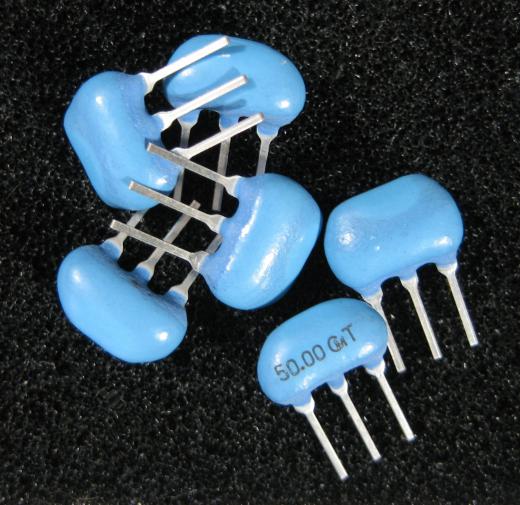A power semiconductor is a switch-like device used primarily to control and convert electrical power in electronic circuits. In general, these devices make use of the electronic properties found in semiconductor elements, such as gallium arsenide, germanium, and silicon. Also called power devices, these gadgets can typically dispel more than one watt of power during standard operation. They are usually referred to as power ICs when applied in integrated circuits, which can contain millions of devices linked together on a single semiconductor.
For the most part, the basic form of a power semiconductor device was developed during the 1950s. Engineer Robert N. Hall is credited with inventing the device. Made from germanium, these early gadgets usually had a current rating of approximately 35 amperes and a voltage capacity of about 200 volts. Compare that to modern power semiconductors, which frequently handle thousands of amperes as well as thousands of volts.

Several types of power semiconductor devices exist, including a power diode, a metal oxide semiconductor field-effect transistor (MOSFET), a thyristor, and an insulated gate bipolar transistor (IGBT). Power diodes are usually made of two-terminal electronic components. They typically carry electric currents in a forward direction and prevent current from coming in a reverse direction. Unlike their low power semiconductor counterparts, they are capable of transmitting a significant volume of current.
Power MOSFETs are one of the most extensively used types of low-voltage power semiconductor applications. Typically, they are less than 200 volts and are used for motor controllers, power supplies, and DC to DC converters. Like a power diode, a power MOSFET is customarily equipped to carry sizeable amounts of electrical power. They are often more efficient at lower voltages and posses high commutation speeds than other kinds of power semiconductors.
A thyristor is a type of power semiconductor used in everything from light switch dimmers and pressure-control systems to motor speed controls and liquid-level regulators. Made up of four layers, they are comprised of alternating P type and N type materials, and they commonly have three electrodes. They are often designed to control a considerable volume of power using a small triggering current or voltage.
An insulated gate bipolar transistor (IGBT) power semiconductor is a gadget designed to quickly shut off and on. Considered to be a highly efficient type of power semiconductor, IGBTs are frequently used in air conditioning systems and electric cars. Stereo systems that contain switching amplifiers sometimes also use IGBTs to help synthesize complex wave forms.
